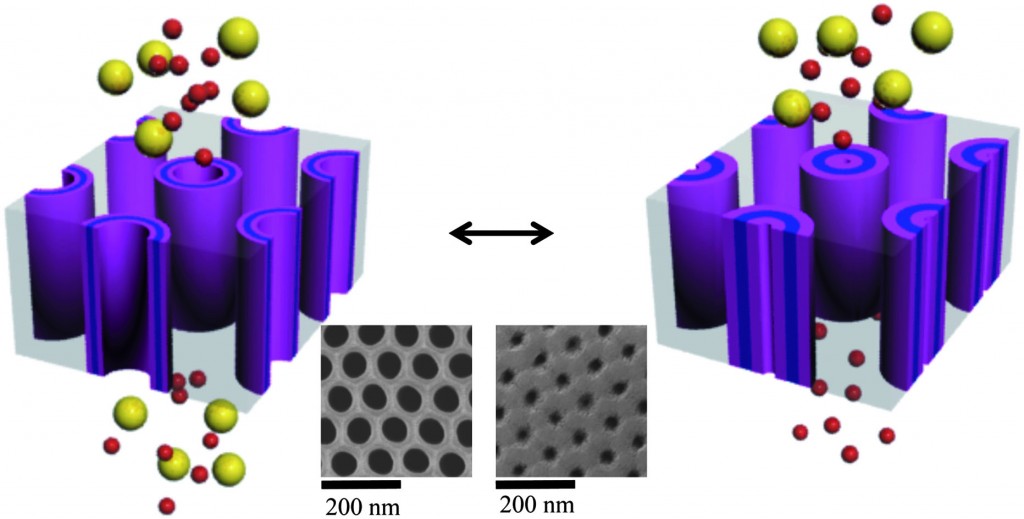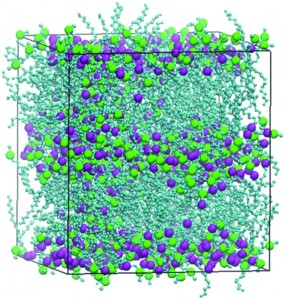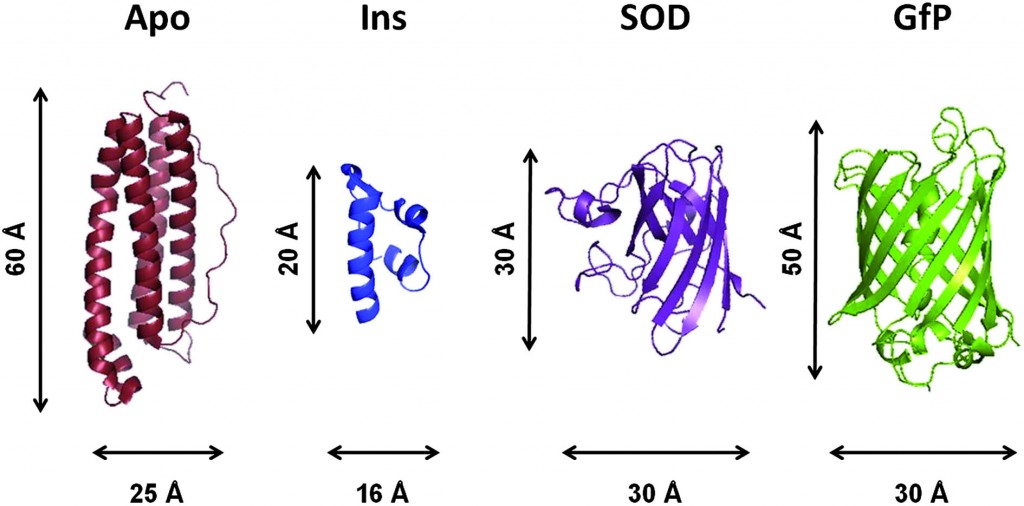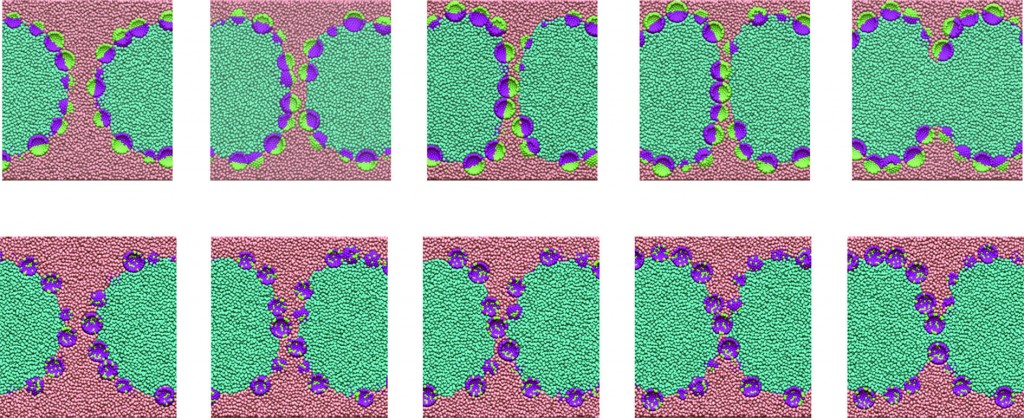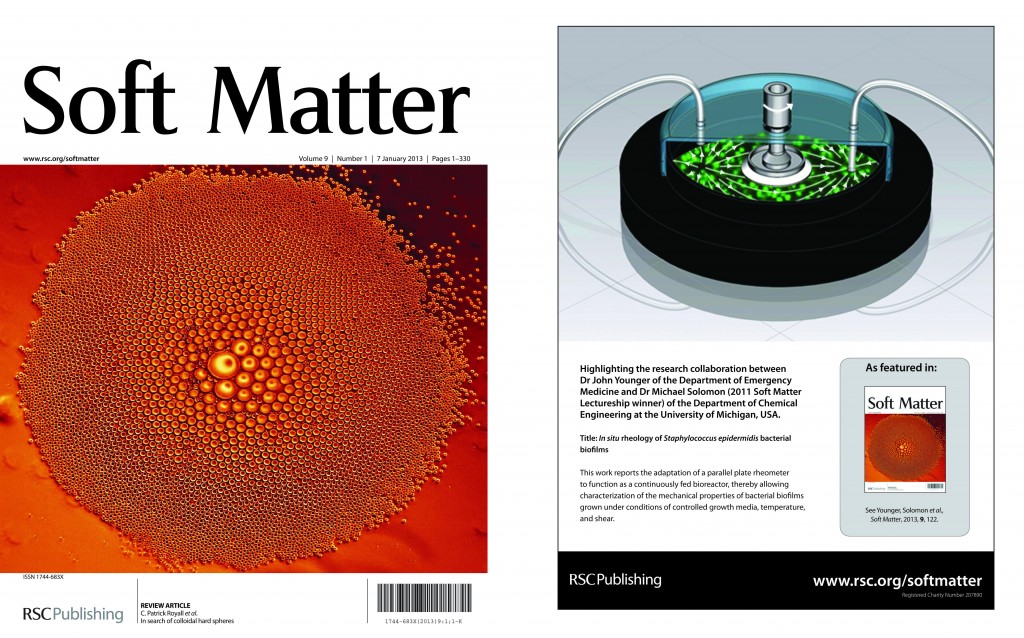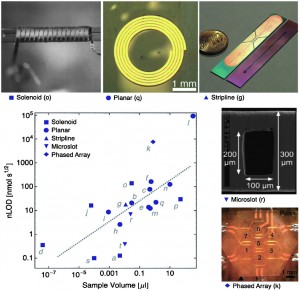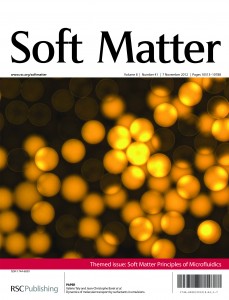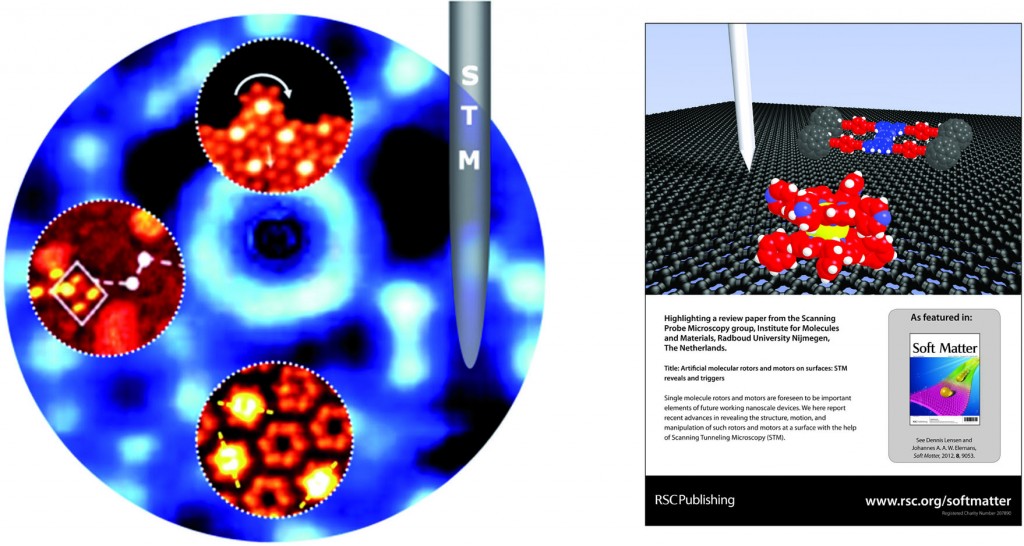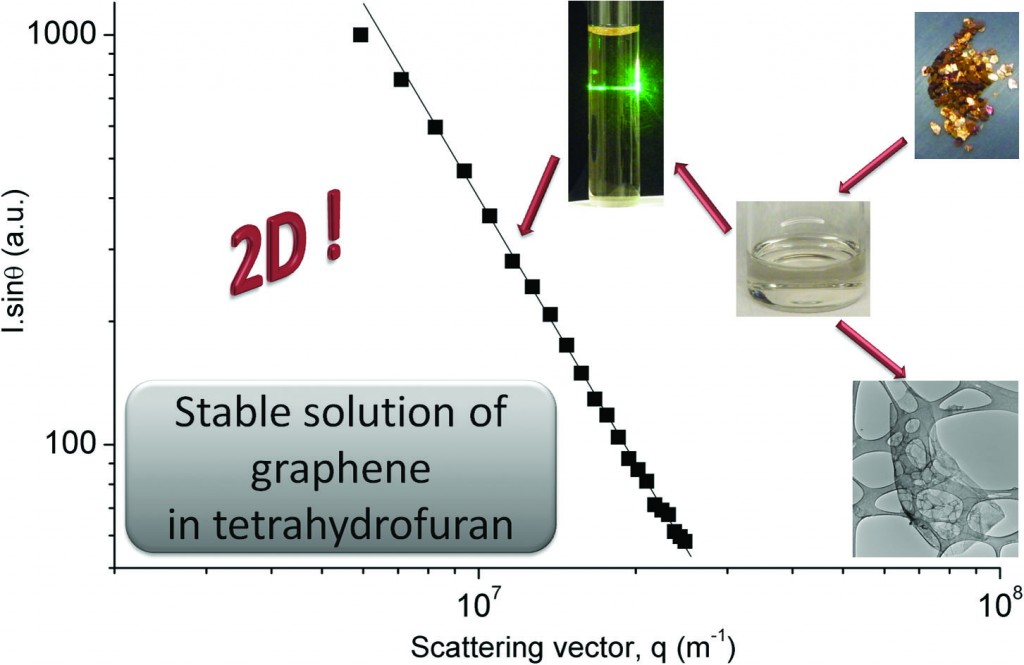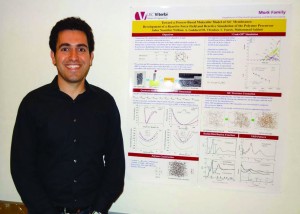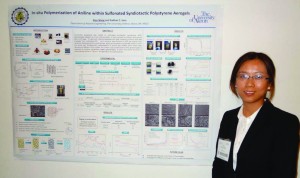Stimuli-responsive materials have received much attention recently because of their ability to switch their physical and chemical properties in response to external environmental conditions such as irritation with light, temperature or pH. Layer-by-layer multilayer films have been studied because they can be quite sensitive to external stimuli such as pH, temperature and ionic strength. Most studies have focussed on the formation of multilayer films on supporting porous templates or deposition with micro-sized pores. Nano-sized cylindrical porous membranes with tunable pore diameters by external stimuli are important in understanding molecular translocation through membranes by stimuli-responsive porous membranes.
In this hot paper, Char and colleagues from Seoul National University deposited pH sensitive multilayer films on the sidewalls of pores with diameter sub-100 nm. The authors carefully control the molecular weight of the polyelectrolytes during the deposition and use multivalent salts. It is suggested that this approach can be applied to stimuli-driven gating devices that mimic living membranes.
Layer-by-layer assembled stimuli-responsive nanoporous membranes
Soft Matter, 2012, 8, 10271. DOI: 10.1039/c2sm26562a (free to read for a short time)
Follow the latest journal news on Twitter @softmatter or go to our Facebook page.
To keep up-to-date with all the latest research, sign-up to our RSS feed or Table of contents alert.


